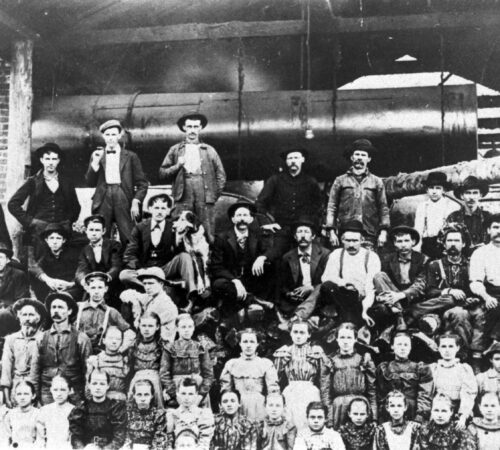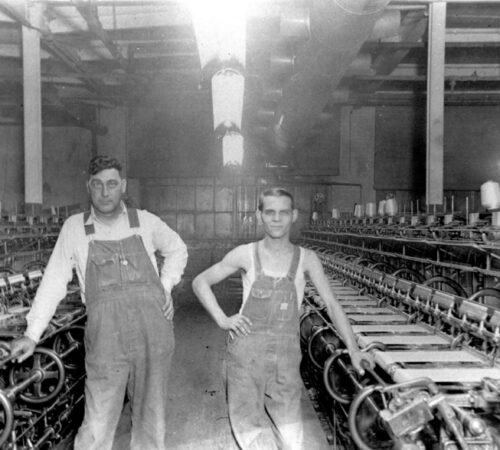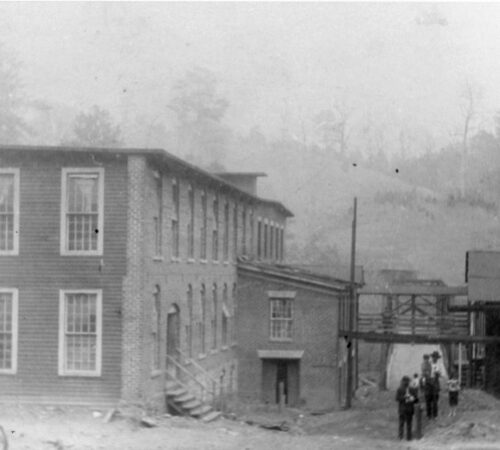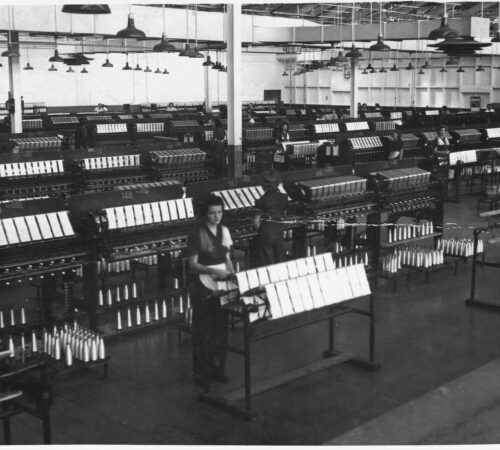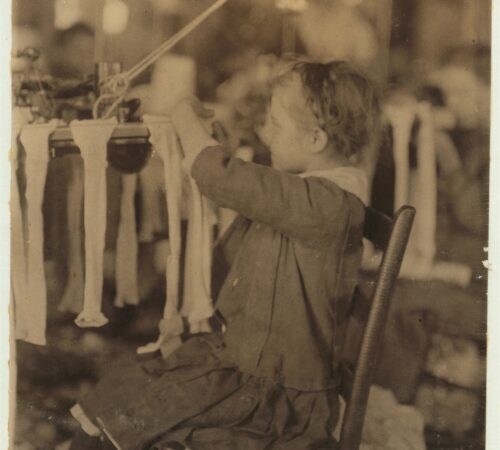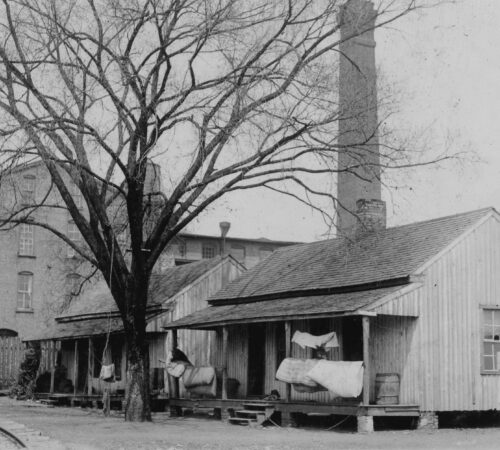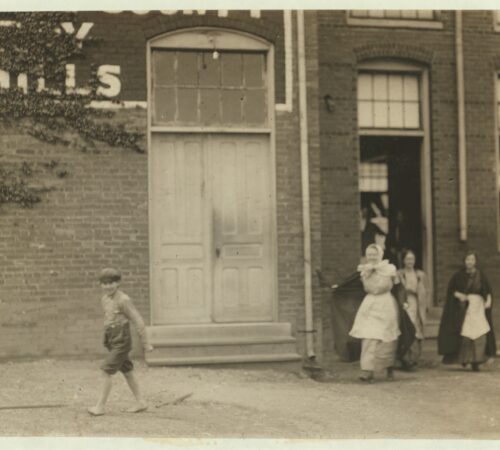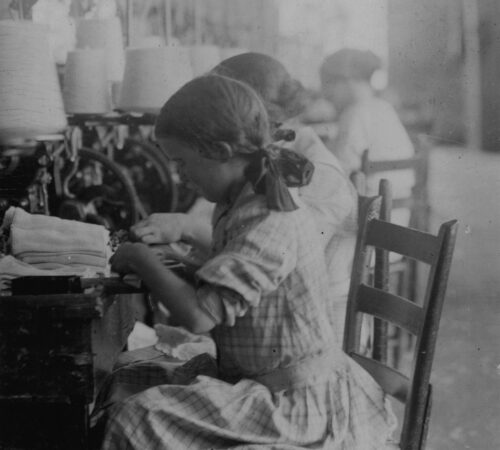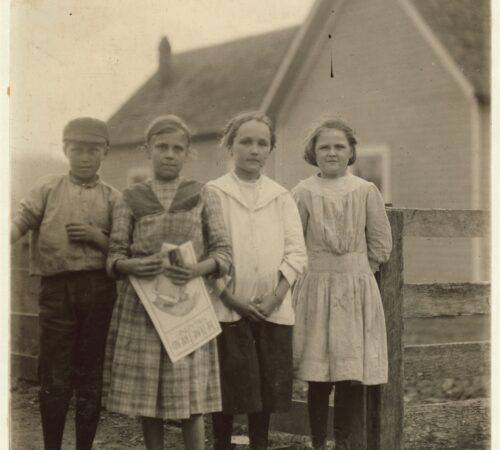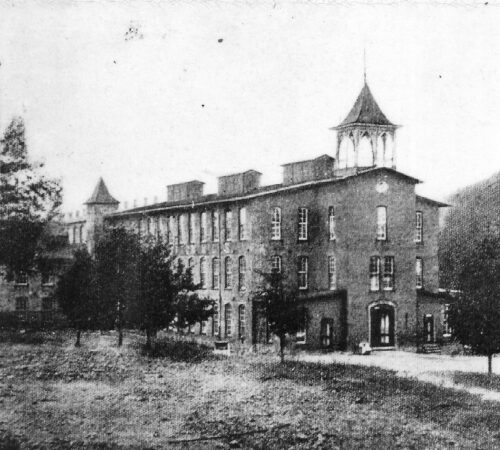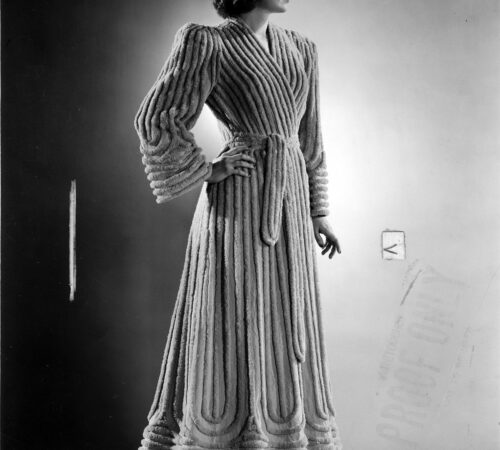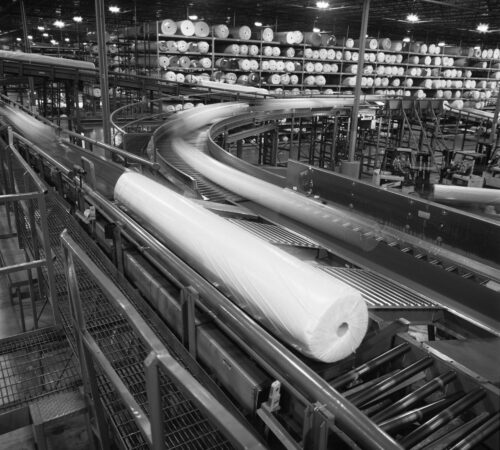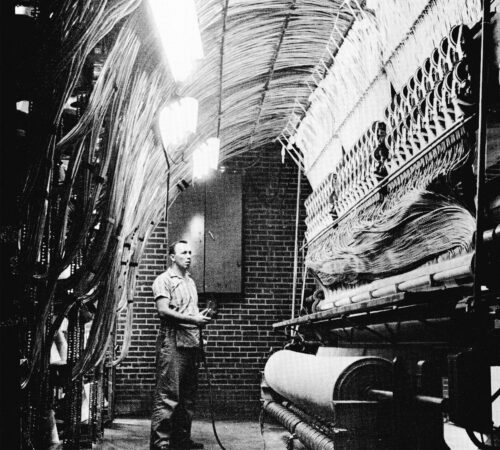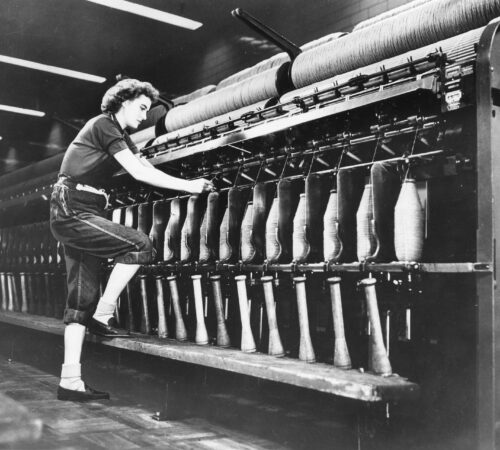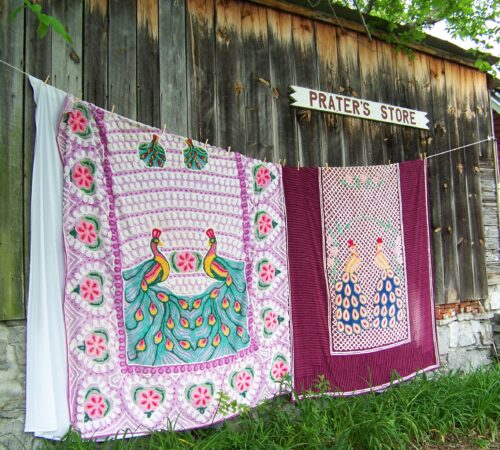The textile industry of this community is one that is still in operation after over 100 years.
The railroad that was built in 1888 gave way to the first textile mill to open in LaFayette. To this day, the textile industry is still present and active in this community with Shaw Industries.
Visit
Places to See
The following properties are not open to the public, but you can view them from the exterior to learn more about the buildings that supported the textile industry here.
- Union Cotton Mill/Consolidated Cotton Corporation Mill and Mill Village, 15 Probasco Street: The mill itself appears to have been demolished and replaced at the modern site of Syntec Industries; the village of this factory, however, can still be seen today. The neighborhood bounded by North Chattanooga Street, Bradley Avenue, and Probasco Street is largely made up of mill village homes.
- Walker County Hosiery Mills/Barwick Mills Site, LaFayette Cotton Mills, and Mill Village, West Main Street: The southern end of the first mill, which contained a greater part of the original Walker County Hosiery Mills, burned in November of 2015; the western portion of this building, however, still stands. Situated along the Chattooga River at 365 West Main Street, this site facility was originally known as Elizabeth Hosiery Mills before being renamed to Walker County Hosiery Mills. It was then occupied by Barwick Mills until its collapse in 1980. Lafayette Cotton Mills, located across West Main Street from Barwick Mills at 300 West Main Street, was demolished in 2007. The homes of their shared mill village remain. The mill village straddles West Main Street and can be seen by heading west on that road when coming from town. The first mill houses can be seen after crossing the Chattooga River. These homes are private property and can only be viewed from the street.
History
A busy textile town established in 1835, Lafayette became the seat of Walker County in 1885. The building of the Chattanooga, Rome, and Carrollton railroad in 1888 gave LaFayette its first vision of prosperity. LaFayette hosted a diverse number of textile mills from cotton and hosiery to carpets.
Organized in 1893, Union Cotton Mill, the first textile mill to open in LaFayette, produced cotton yarns, towels, and osnaburgs and duck fabric. In 1920, the Consolidated Textile Corporation of New York purchased Union Cotton Mill. From 1934 to 1939, operations at the mill were shut down before being purchased and reopened by Exposition Cotton Mills and began operating again. In 1948, S. Liebovitz and Sons of New York purchased the mill and changed the name to Public Shirts Corporation. In 1984, a fire destroyed the building.
Organized in 1900 as the Elizabeth Hosiery Mills and later renamed Walker County Hosiery Mills in 1906, this textile enterprise played an important role in the growth and development of the LaFayette area. The mill began operations with only 80 machines. By 1917, the mill was equipped with 346 modern knitting machines. The mill employed 270 people and with an output of 1,450 dozen men’s and 400 dozen women’s hose per day of Raven Brand hosiery. Employees lived in the nearby mill village where residents maintained their own vegetable gardens and a cow or pig. A baseball diamond and a primary school were also located within the mill village. Liquidated in 1951, the mill was later occupied by Barwick Mills.
After serving in the Coast Guard during World War II, Eugene Thomas Barwick started buying and selling tufted goods for Sears. In 1949, Barwick brought out one of his chief suppliers and formed his own company, Barwick Mills. Doubling his sales in 1950, Barwick expanded his business. By 1954, Barwick Mills’ revenue topped $26 million. By 1971, the company had two massive production facilities, one in LaFayette, Georgia, and one in Dalton, Georgia. One of the early producers of tufted carpet Barwick Industries Inc. invested in many recreational facilities including an airport. Barwick Industries dominated the carpet industry for more than 20 years. As with many textile mills in Lafayette, Barwick closed down by the mid-1980s due to increased competition from overseas textile companies.
Established in 1903 by J.E. Patton, LaFayette Cotton Mills operated successfully for seventeen years. Heated by steam, the mill owners maintained the mill building, along with flowerbeds on the mill property. In 1946, Lawrence Fabrics Corporation purchased the mills to make abrasive jeans until about 1954. After Lawrence Fabrics sold out around 1957, the mills changed hands several times until finally shutting its doors for good in 2004 as Sunrise Hosiery, a sock company.
The LaFayette Cotton mill village cottages ranged in size from six to eight rooms each on one-eighth acre of land. Along with electricity and running water to each house, the mill village also boasted concrete sidewalks. Many village residents maintained their own vegetable gardens within the mill village, which also featured an orchard large enough to supply every family in the village with fruit for the summer. The village also included a primary school, a clubhouse, and playgrounds for the mill village children. Today, LaFayette still influences textile history through its carpet manufacturing at Shaw Industries Inc., the world’s largest carpet manufacturers.
Charter Trail Members
Resources to Explore
Click on the following links to learn more about this region.
Back to Community List
Email the Trail at wgtht@westga.edu or visit our Contact Us page for more information.


